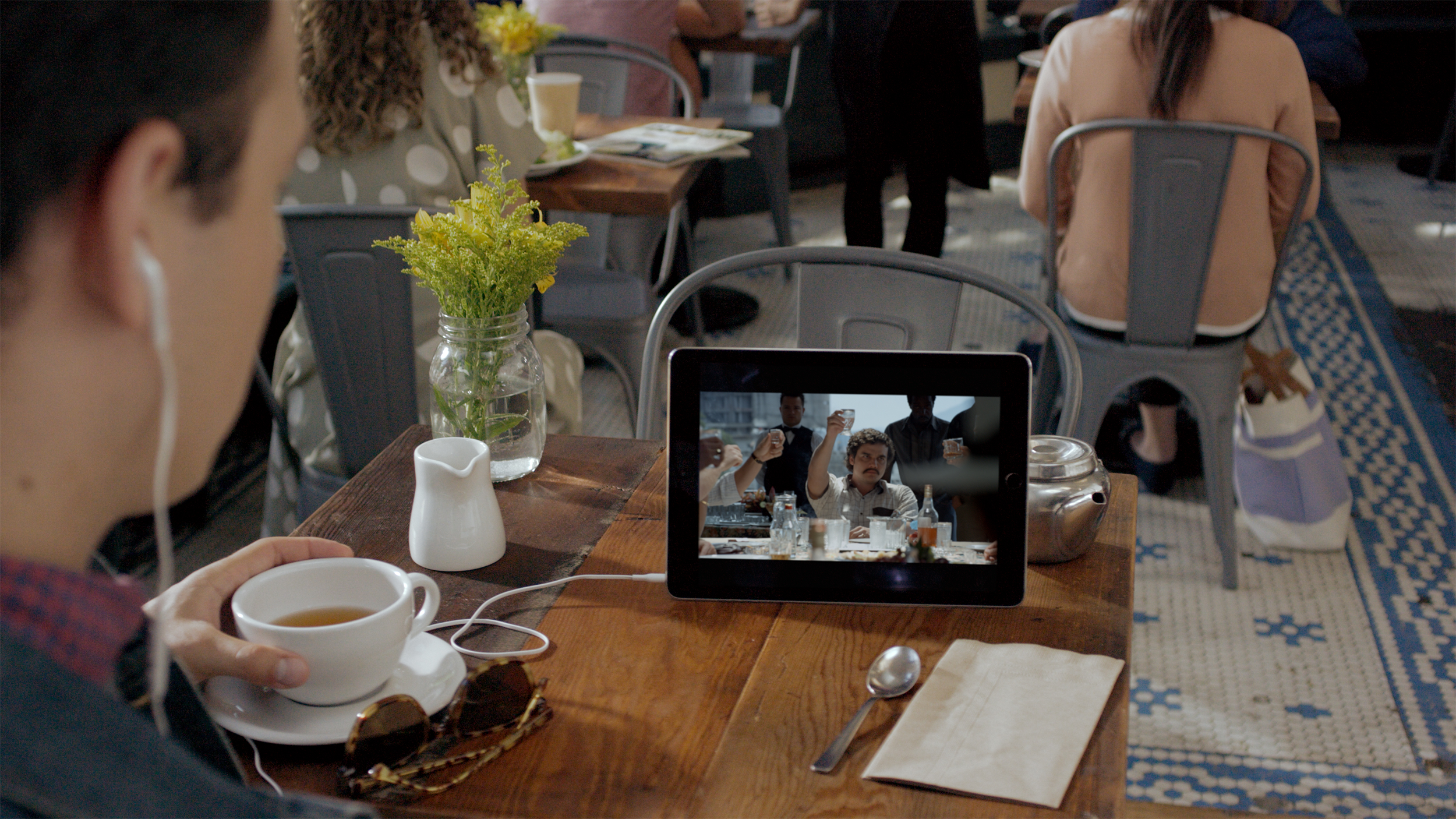
The most understated phrase in usage at the moment is “streaming networks.” There’s nothing stream-like about the oceans of content available to consumers today on Netflix, Amazon, Hulu, Disney Plus, Paramount Plus, HBO Max, etc. There have never been so many viewing choices.
So what are we to make of the recent report by technology research firm OMDIA that for the first time ever, albeit in their relatively short history, the average number of video streaming services utilized per U.S. user fell. It said the figure declined from 7.23 in November to 7.06 in April.
Granted, that represents a decline of less than 3%. But what’s surprising is that there’s a decline at all. The numbers have always pointed in the other direction. What’s more, with the pandemic still raging in the first quarter of this year, wouldn’t we have supposed that consumers would have subscribed to more streaming services, not less?
In fact, there was an explosion of VOD demand last year. Video streaming growth set new records globally in 2020 with video-on-demand customers in Q3 2020 reaching 217.6 million, the highest ever, beating the previous record of 211.7 million in Q4 2018. Likewise, U.S. consumers spent more than $26.5 billion on SVOD subscriptions, and buying and renting movies and TV shows in 2020, was up a whopping 32% over 2019.
So, what happened to all of that forward momentum? Why is the current in the streaming industry suddenly going the other way? The report concluded, “In the past, many have posited an ultimate limit to the number of services a consumer will be able to manage. With U.S. growth stumbling, many will be asking if seven is the new ceiling for video streaming video services (pay and free).”
Wall Street pundits were quick to attribute the downturn to an increasingly competitive VOD landscape. Others in the entertainment industry concluded it was all due to “streaming fatigue” (according to the headline from The Hollywood Reporter’s coverage).
I think it’s something much more obvious. Consumers aren’t so tired as they are lost. At the end of last year, the seven largest VOD platforms offered nearly 34,000 TV shows and movies. The ability to wade through this streaming tsunami is beyond human capacity. No doubt, almost every consumer could find lots of content that would match their viewing preferences, if they could only find it.
While content providers profess to use smart technology to customize programming for their users, it’s rudimentary at best. In fact, research has shown that approximately 80% of all views today come from recommendations by content providers, yet seven out of 10 consumers think that the recommendations are terrible. If you combine those two stats, it tells you that the way that most content is delivered to people today is awful.
Yet, it doesn’t have to be awful. Studios and streamers often have the data needed to improve viewer experience but can’t access it or don’t know what to do with it. That leads to bad analysis, bad decisions and lost opportunities. Better data management leads to more accurate platform features and functionality.
The VOD explosion highlights the fact that historically distinct metadata types have been managed in fragmentary ways. The volume of AI generated metadata simply compounds the problem.
The good news is we don’t have to wait for technology to improve to remedy the situation. Advanced title catalog management software needed to bring a truly personalized user experience to streaming content already exists. The future of streaming content is taking the personalization of the viewer’s experience to the next level where algorithms are used to measure both the correlation as well as causation of viewers’ watching habits, and where data is gathered and analyzed on not only what users watch but what they don’t watch.
Where the streaming content providers are failing is not providing the user a curated experience for their individual tastes. Put another way, it’s hard to stumble across something you might enjoy, like when you could browse the shelves of your local Blockbusters, when there are no shelves or, even the digital equivalents.
The next generation in streaming content data is "psychographic profiling.” That might sound intimidating in terms of data gathering and customer privacy, but an opt-in, 5-minute questionnaire about viewers’ entertainment experiences would be all it would take to move the baseline significantly toward true personalized content.
Yes, still more data is in the digital pipeline. But there’s nothing to be afraid of if that data makes it to the living room couch in the average household in a user-friendly way. Problems with search and discovery are why viewers are hitting the pause button on their platforms. The onus is now on streamers to use the tools readily available to improve the user experience.
NEXT TV NEWSLETTER
The smarter way to stay on top of the streaming and OTT industry. Sign up below.

